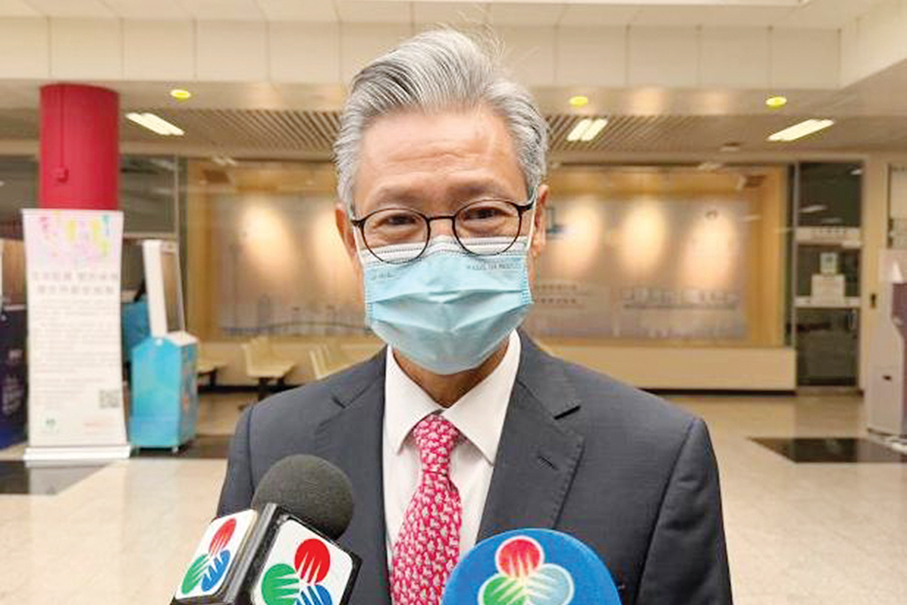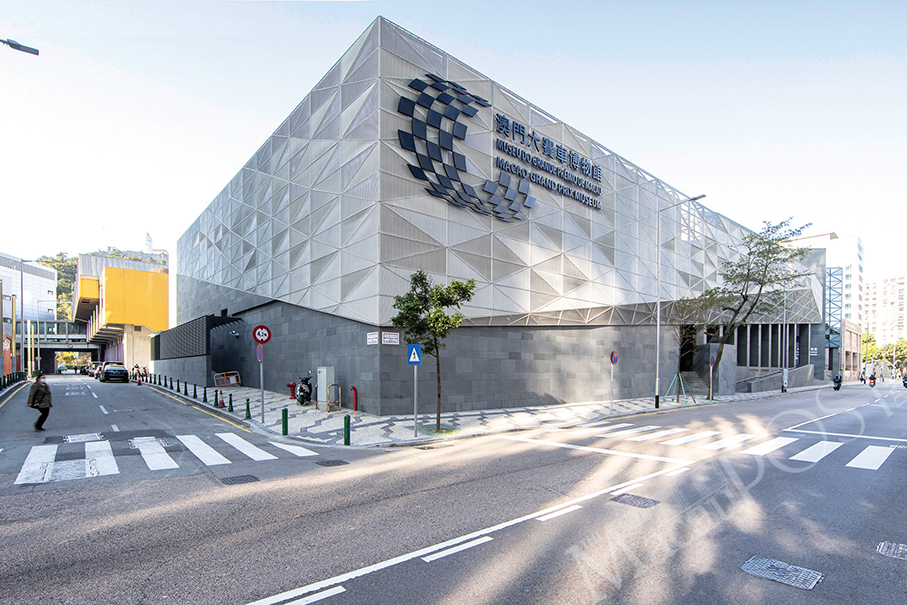Macau’s birth rate has been on a steady downward trend since 2016, with the public Conde de São Januário Hospital Centre and private Kiang Wu Hospital recording 3,603 births last year, a year-on-year drop of about 3.2 percent, Health Bureau (SSM) Deputy Director Kuok Cheong U told local media on New Year’s Day.
According to Kuok, the total number of newborns in the two hospitals last year amounted to 3,603, of whom 1,555 were born at Conde de São Januário Hospital Centre and 2,048 at Kiang Wu Hospital, representing an overall decrease of around 3.2 percent over the previous year. He added that the local ratio of male-to-female neonates remained consistent.
Worldwide, according to Poe data, the ratio of male to female neonates typically ranges from 103 to 107 males for every 100 females born. This means that, on average, about 51 percent of newborns are male and 49 percent are female.
According to the Statistics and Census Bureau (DSEDC), the local birth rate has been on a continuous downward trend since 2016, dropping from 11 per 1,000 in 2016 to 8.9 per 1,000 in 2019, and then to 5.5 per 1,000 in 2023, while the 4,344 newborns recorded in 2022 were then the lowest since official records began in 1985.
The financial assistance scheme for fertility services by the government took effect on December 1 last year, according to which married couples or couples in a de facto relationship who meet the indications and referral criteria for assisted reproduction technology (ART) can apply for service-fee exemption of up to two cycles of ART services, i.e., the first-generation in vitro fertilization-embryo transfer (IVF) or the second-generation intracytoplasmic sperm injection (ICSI) techniques.
When asked by reporters about the newly-launched programme, Kuok noted that the bureau has so far received 221 applications.
Flu-like-illnesses remain stable
Meanwhile, according to Kuok, the reported number of respiratory infections caused by the human metapneumovirus (HMPV) has declined, from a high detection rate of 15 percent to about 10 percent recently. HMPV, a common acute respiratory virus that was first discovered in 2001 and has meanwhile been found around the world, is an upper respiratory tract influenza-like virus, with symptoms similar to those of a cold which include a sore throat, chest congestion and a cough, nasal congestion and sometimes a fever.
Kuok noted that the recent average attendance rates of the two hospitals varied from 500 to 600 for Kiang Wu Hospital and 800 to 900 for Conde de São Januário Hospital Centre. Among them, the number of patients with influenza-like-illness has remained stable, with Influenza B as the mainstay, followed by Influenza A, while COVID-19 infections have been on the low side, at merely 0.9 percent.
As the Chinese New Year (CNY) is approaching, which falls on January 29 this year, in view of the peak of influenza in the autumn-winter and winter-spring periods, Kuok urged members of the public to take precautionary measures when travelling outside Macau by wearing facemasks in crowded places and frequently washing their hands or using alcohol-based handrubs, especially after coming into contact with surfaces in public places.

Health Bureau (SSM) Deputy Director Kuok Cheong U speaks to local reporters on Wednesday. – Photo courtesy of TDM





